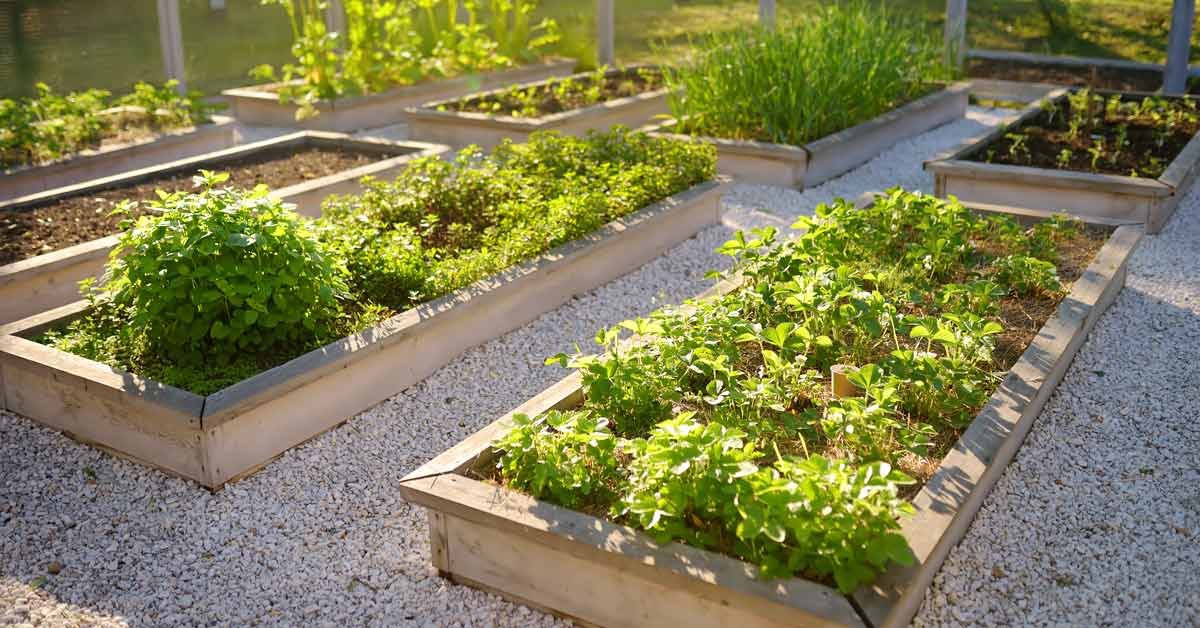Explore
Green Living
2nd floor community garden
On the roof of the lobby, there is a massive roof top garden where owners and guests can share in planting, harvesting and cooking local herbs and vegetables year round.
Fruit trees around property
Local fruit trees are being planted throughout the property for guests and owners to enjoy. We are looking to include species such as mango, avocado, star fruit, mamey sapote and naseberry, just to name a couple.
Integration of solar power
The usage of solar panel system to subsidize dependency on non-renewable energy sources. Solar will be used to of set common areas power consumption in areas such as lobby, pool, gym, spa and parking lot.
Selection of energy efficient appliances
All appliances to be specified as energy star rated, where possible. Smart learning thermostats and tankless water heater will be implemented which reduces electricity usage.
Reduced transportation costs
Outlets will be provided for electric car charging. Communal bike racks will be offered for exploring West Bay.
Efficient lighting
LED lighting usage less energy and has a longer lifetime.
Selection of water efficient fixtures
Water efficient fixtures selected where possible.
Implementation of smart building systems
Installation of smart thermostats gives the HVAC and user opportunity to better control / monitor the usage of cooling and my lead electricity reductions.
Insulation of building Envelope – Walls
All exterior walls will be insulated up to a minimum R value of 11, R=19 preferred. Better insulated buildings reduce energy requirements.
Insulation of building Envelope – Windows
Selection of efficient glazing R=3.6, U=2.75. Better insulated buildings reduce energy requirements.
Insulation of building Envelope – Roof
All envelope roofs will be insulated up to a minimum R value of 30. Better insulated buildings reduce energy requirements.
Implementation of native / approved landscaping
Leading to reduced water requirements and possible better support to the local fauna and flora.
Using rainwater harvesting to irrigate landscape areas
Rainwater will be harvested from the roof drainage system and subsidize the irrigation of the landscaping. We are also looking into capturing and utilizing the water created from the air conditioning units on the roof.
Supporting alternative transportation methods
Implementation of electric vehicle charging station as well as bicycle stands promoting alternative transport and have positive social impact.



